Description
Discover the power of cloud computing and why Azure is the ideal choice for your organization. This blog provides insights into the benefits of cloud computing, including cost-effectiveness, enhanced security, reliability, scalability, and elasticity. Dive into the different deployment models, from public and private clouds to hybrid and cross-cloud solutions, and understand the concept of total cost of ownership (CapEx vs. OpEx). Explore key architectural terminology such as availability, scalability, elasticity, fault tolerance, and disaster recovery, and learn how Azure services like Azure Load Balancer and Availability Zones contribute to a highly available and resilient infrastructure. Gain a deeper understanding of Azure’s regions and geography and explore the Azure Advisor’s role in providing personalized cloud consulting and best practices. Discover the Azure licensing options and hybrid benefits, and explore Azure support plans and pricing models. Whether you’re a beginner or an experienced Azure user, this blog will provide valuable insights and knowledge to make the most out of your Azure subscription.
Tip: This will be Helpful for Getting Started with Azure 900 Exam
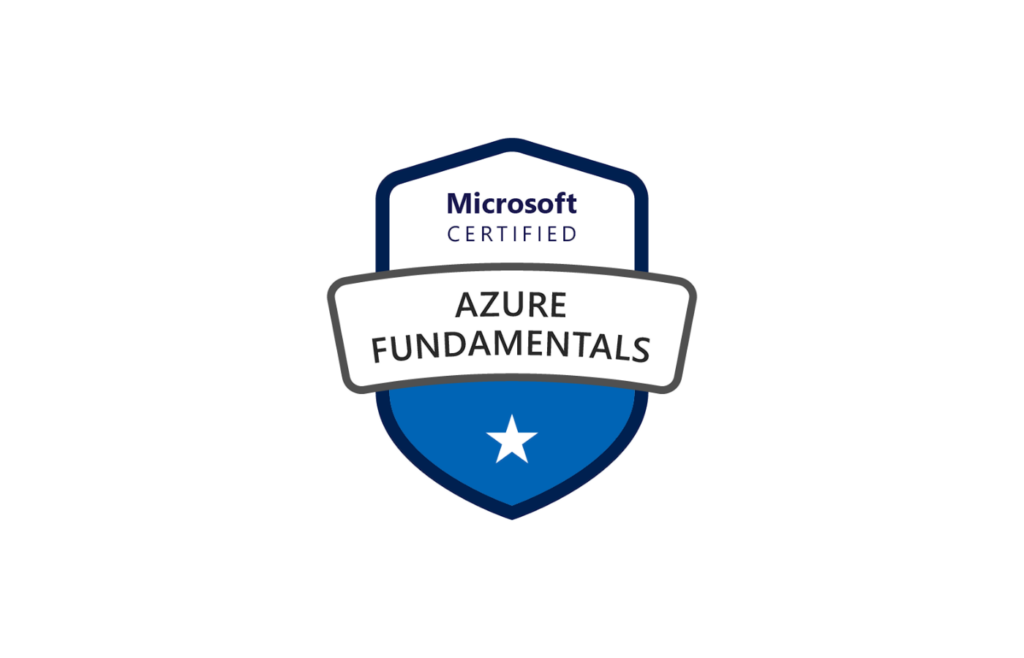
Why Cloud Computing?
Due to the fact that data can be replicated at numerous redundant sites on the network of the cloud provider, cloud computing makes data backup, disaster recovery, and business continuity simpler and less expensive.
Why Azure?
Azure makes it simple to move between on-premises and public clouds and provides a stable, consistent platform. To enhance usability and speed, Azure offers a wider selection of hybrid connections, such as virtual private networks (VPNs), caches, content delivery networks (CDNs), and ExpressRoute connections.
Benefits
- Cost Effective – Pay as you go
- Secure – Cloud services can by secure by default
- Reliable – Backups, Recoveries, Fault tolerance, Replication and more
- Scalable – Vertical and Horizontal
- Elastic – Automate
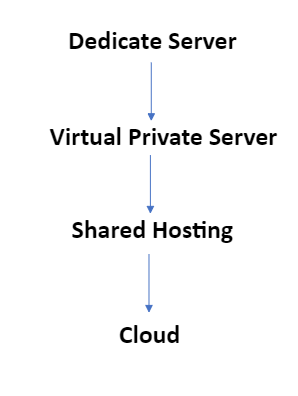
Deployment Models
- Public Cloud – Everything built on cloud provider
- Private Cloud – On premises
- Hybrid – On premise & Cloud service provider
- Cross Cloud – Multi cloud provider
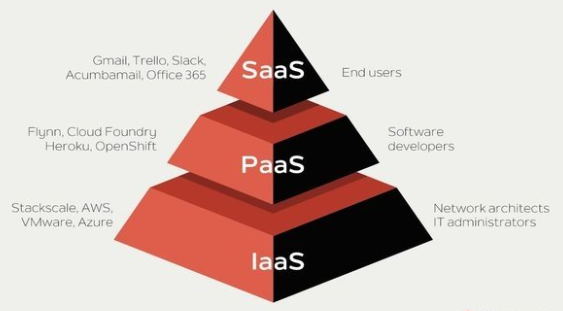
Total Cost of Ownership
CAPEX v/s OPEX
An organization’s Capital Expenditures (CapEx) are investments made for long-term gains in the future. CapEx includes purchasing computers, servers, and other hardware required for on-site data centers.
On-Premise
– Software License Fee
Which means we have to pay alot of money and have to maintain it by ourselves.
– Implement
– Configuration
– Physical Server
– Hardware
– IT Personal
– Maintenance
The ongoing expenses incurred by daily activities are known as Operational Expenditures (OpEx). The upfront infrastructure investment is made by the cloud provider, and you only pay for the resources you utilize when you do so, making a subscription price for cloud services deemed OpEx.
The Provider
– Subscription Fee
Customers only have to do:
– Implement
– Configuration
Architect Terminology
- Availability
- Scalability
- Elasticity
- Fault Tolerance
- Disaster Recovery
- High Durable
Azure Load Balancer – To distribute traffics to multiple server.
Evolution of Computing

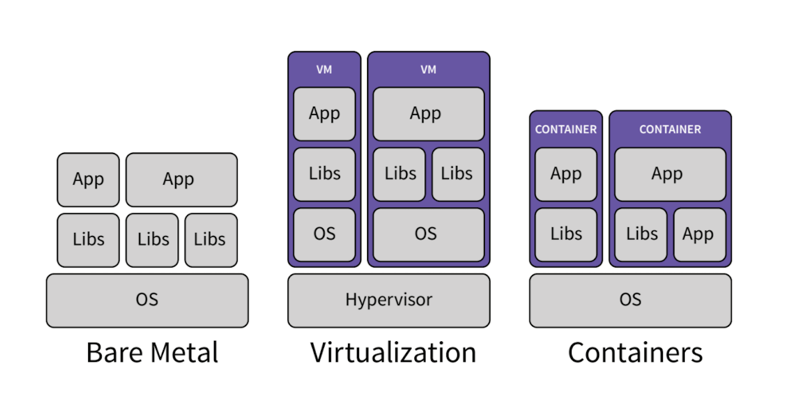

Regions and Geography
- Region – Grouping multiple datacenter (Availability Zone).
- Geography – Discrete market, data residency & Compliance boundaries.
- Paired Region – Only on region is updated at a time to ensure no outages.
- EX: Azure Geography – Redundant Storage.
EXPLORE REGION
- EX: Azure Geography – Redundant Storage.
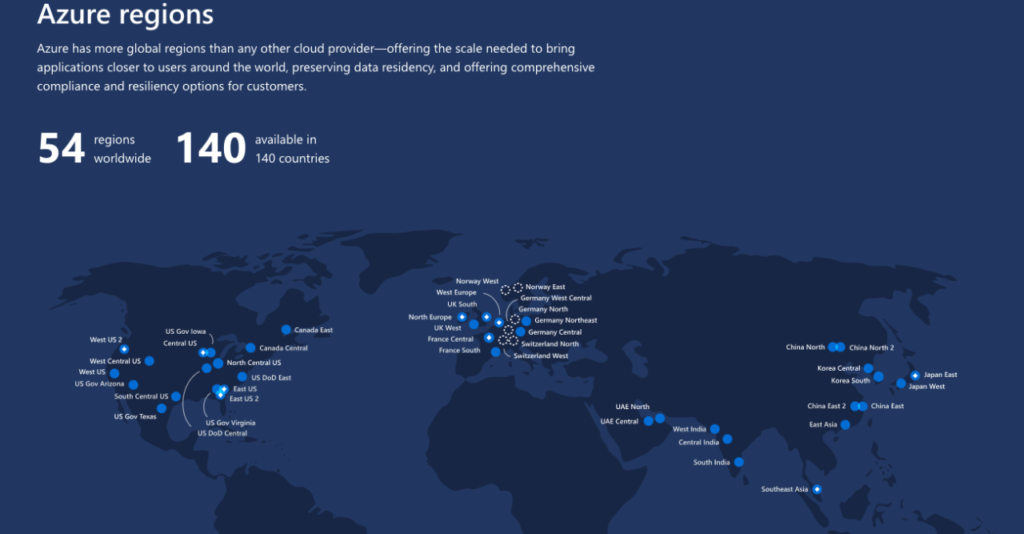
Service Availability
Not all azure cloud services are available in every region
You can check the Azure services you need are available in the datacenter region that you’re considering.
- Recommend Region – Designed to support availability zones.
- Alternate Region- Help to optimize latency and provide a second region for disaster recovery needs.
- General Availability
Azure Cloud Service
- Foundational
- Mainstream
- Specialized
Special Region
Specialized regions to meet compliance or legal reasons.
Availability Zones
An availability zone is physical location made up of one or more datacenters.
- Region generally contain 3 availability zones
- Datacenter within a region ill be isolated from each other
Azure is an combination of a fault domain and update domain
- Fault domain – Avoid single point of failure
- Update domain – Updating hardware & software all together
- Availability set – Logical grouping
Azure Advisor
Personalized cloud consultant that helps you follow best
Price & Support SLAs
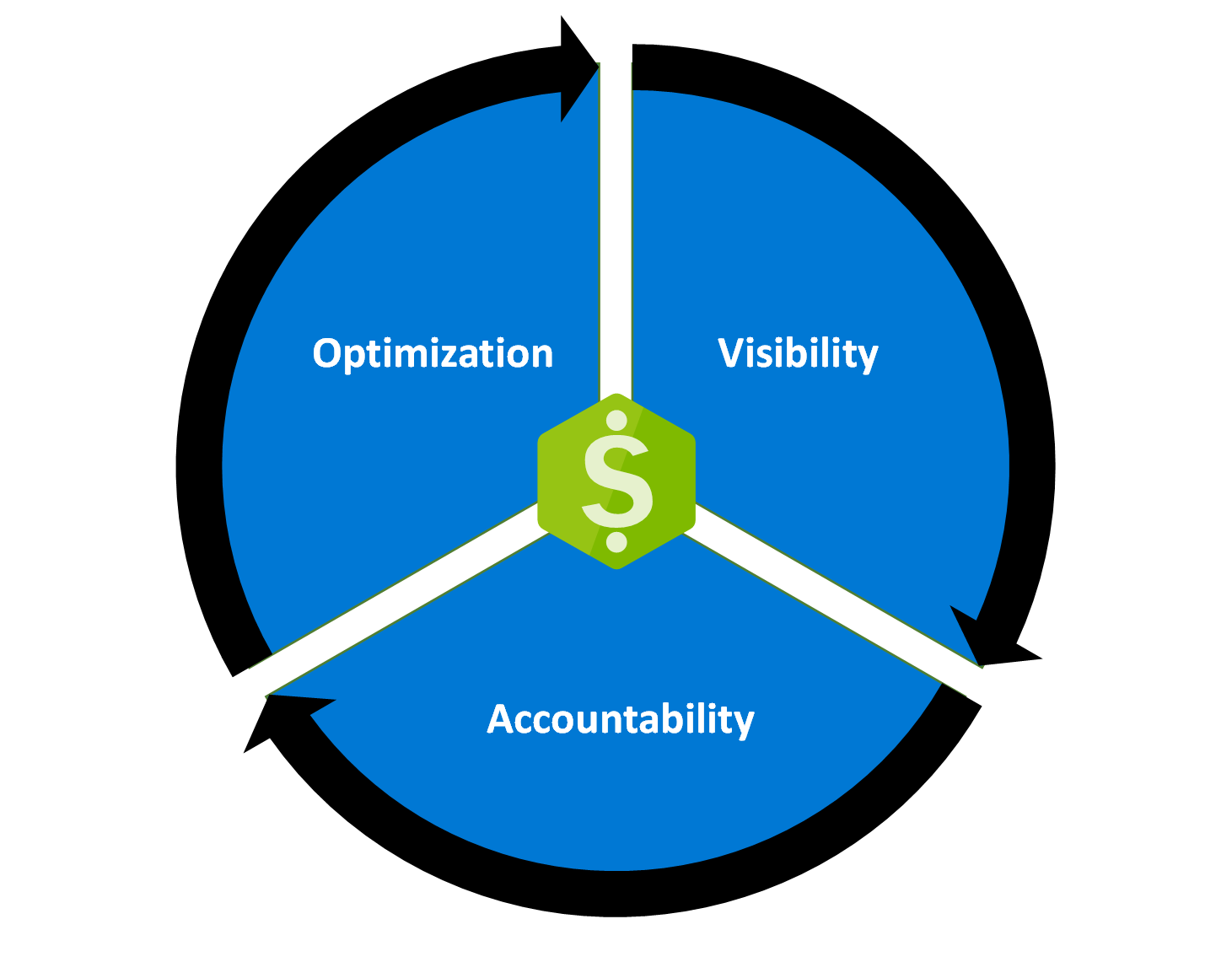
Describes Azure commitments for uptime and connectivity.
Uptime & connectivity described as performance targets.
Performance represented as “Percentage”
- 99% (Two Nines)
- 99.9% (Three Nines)
- 99.999% (Five Nines)
Price & Support Service Credit
Have a discount applied to their Azure bill as a compensation under-performing Azure product or services based on SLA.
Price & Support Composite SLAs
Different services have different SLA, Composite SLAs, Combines SLA across different service offer.
Price & Support TCO Calculator
- Estimate the cost savings
- Generate a report and export as a PDF
Azure Price Calculator
Configure and estimate costs for Azure Products.
Note: No sign in required
Azure Cost Management
- Perform a cost analysis – Visualize the spending
- Create a budget – Gives you a alert when exceeded.
Azure Market Place
It is a place Apps and Services made available by third party publishers. Services can be free, PAYG, BYOD.
Azure Support Plans
azure.microsoft.com/en-us/support/plans
Azure Licensing – Hybrid Benefits
Repurpose the investment of windows servers to azures.
Hybrid use Benefits (HUB) gives rights to use license for these VMS.
- Windows Server
- SQL Server
- HUB can be turn on and off any for existing VM
- HUB can be applied at deployment time for new VM
Azure Subscription
- Free Subscription
- Pay as you go
- Enterprise Aggrement
- Student Subscription


1 comment
Thank You for the short notes!!!